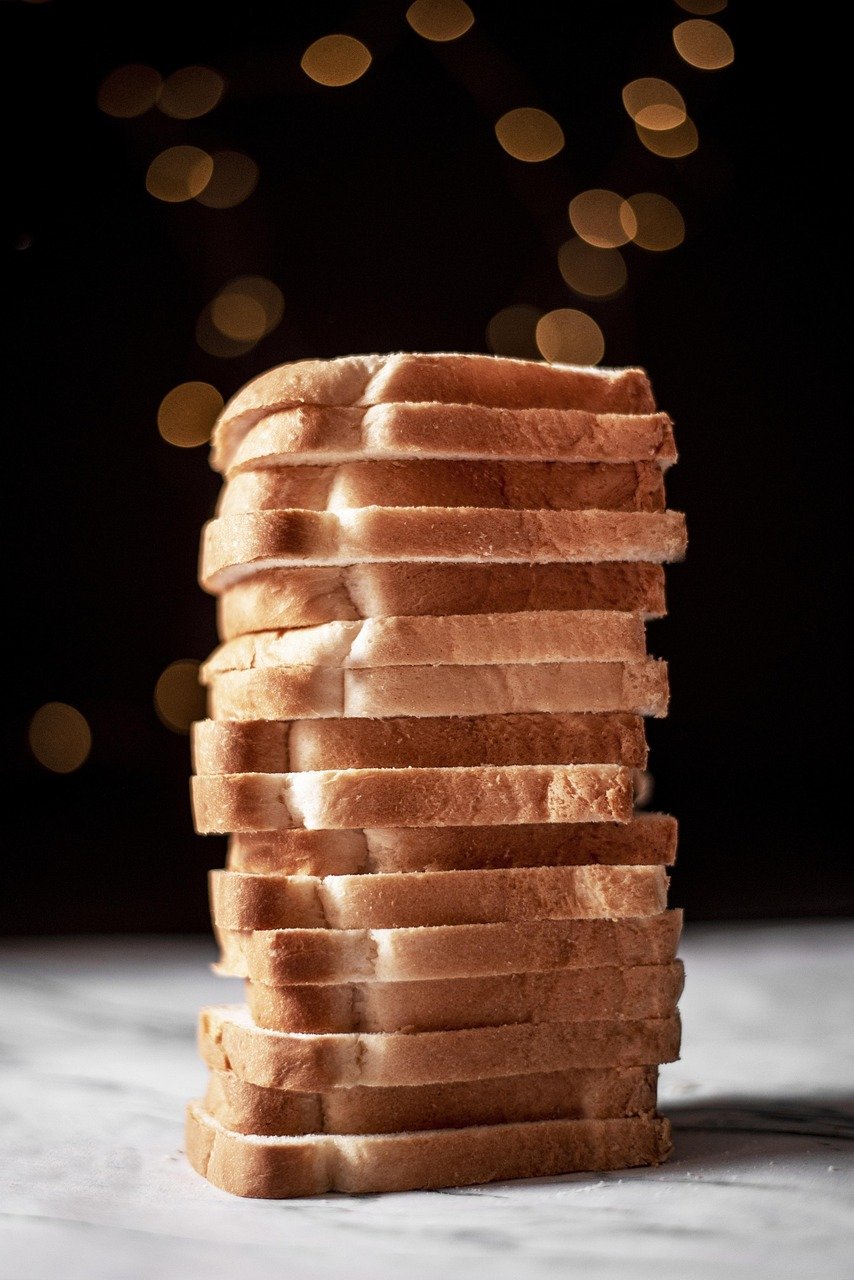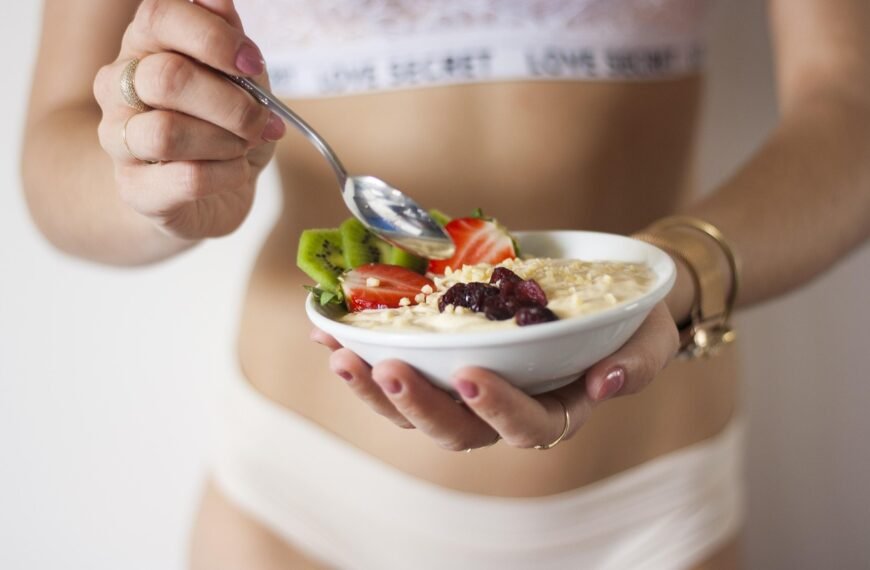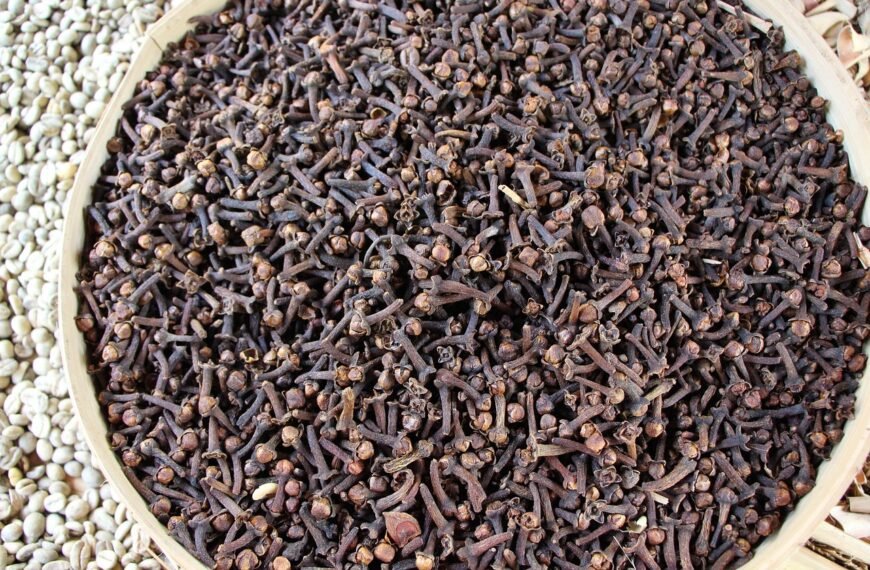Bread is a staple in most homes, but with so many types on supermarket shelves, it’s easy to feel confused about which one is better for your health. From soft white loaves to artisan sourdough, not all breads are created equal. The bread you choose can actually have a bigger effect on your health than you think.
Many people started making sourdough at home during the lockdown, enjoying the process and the better taste. More importantly, homemade sourdough avoids the additives found in many store-bought breads. While making sourdough takes time and effort, its benefits make it worth it for many. But if baking every day isn’t an option, how do you pick the healthiest bread from the store?
Back in the 1950s, the UK developed the Chorleywood method to make bread faster and cheaper. This method used chemical additives, extra yeast, and fast mixing. Today, around 80% of commercial loaves are still made this way. The downside is that many of these breads are now classed as ultra-processed foods (UPFs), which studies link to various health issues.
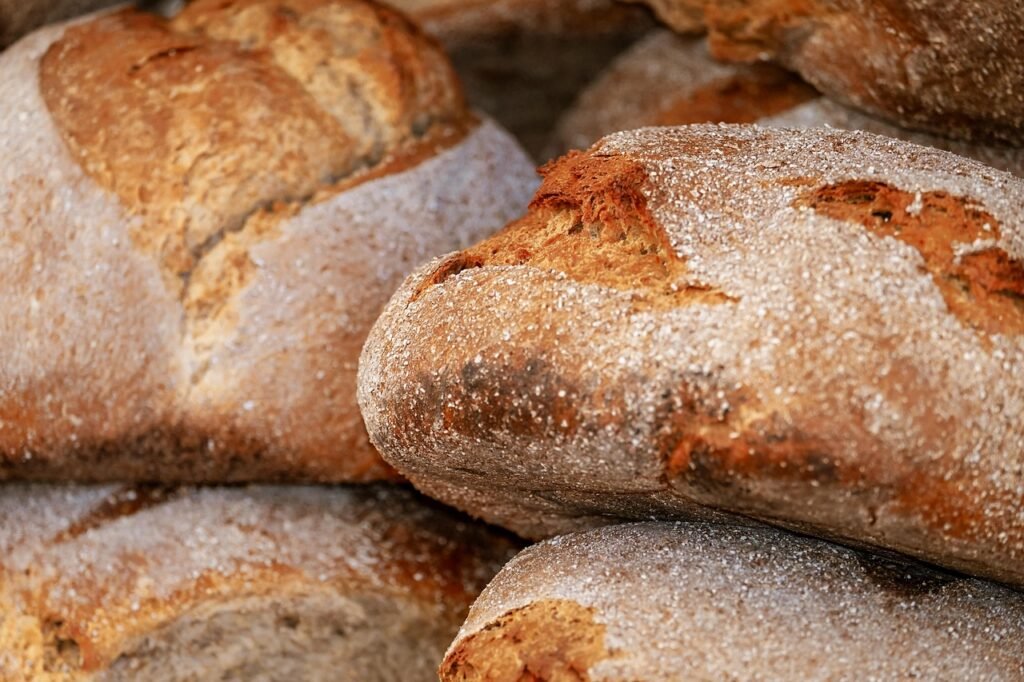
Sourdough, on the other hand, is made with simple ingredients like flour, salt and water. The fermentation process is slow, often taking over 24 hours. Bus this time pays off. The good bacteria in sourdough help break down sugars, reduce hard-to-digest carbs, and make nutrients easier for the body to absorb. Sourdough is also rich in fibre and polyphenols, which are great for gut health and digestion. Some research shows it keeps you full longer and helps manage blood sugar better than regular bread.
However, it’s important to know not all supermarket sourdoughs are the same. Some are still made with yeast and additives and only labeled as “sourdough” for marketing. Check the ingredient list – real sourdough will have just a few basic ingredients.
Another healthy option is wholegrain bread. It includes all parts of the wheat grain – the bran, germ, and endosperm. This gives it higher amounts of fibre, protein, vitamins like E and B, and healthy facts. Wholegrain bread supports heart heath, lowers cholesterol, and keeps you feeling fuller for longer. Compared to white bread, it leads to slower sugar release and better digestion.
Still, white bread remains the most popular choice, although it usually lacks fibre and essential nutrients. Now research is working on improving white bread by mixing it with grains like teff, millet, and legumes to boost its nutrition while keeping the familiar taste.
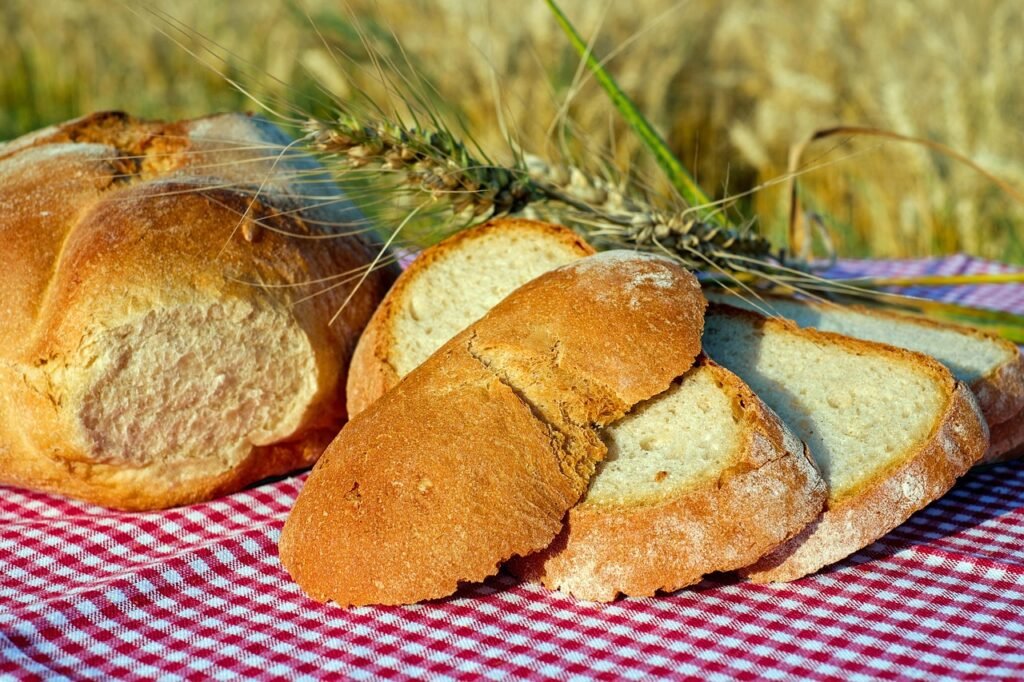
When buying bread, check the label. Look for loaves with simple, short ingredient lists. Avoid those with sugar, preservatives, and unfamiliar additives. Even packaged sourdough can be a good choice if the ingredient list is clean.
Cost and convenience do matter. While artisan bread may be expensive, freezing it can help make it last longer. If sourdough is not an option, aim for wholegrain or multigrain bread with minimal processing.

